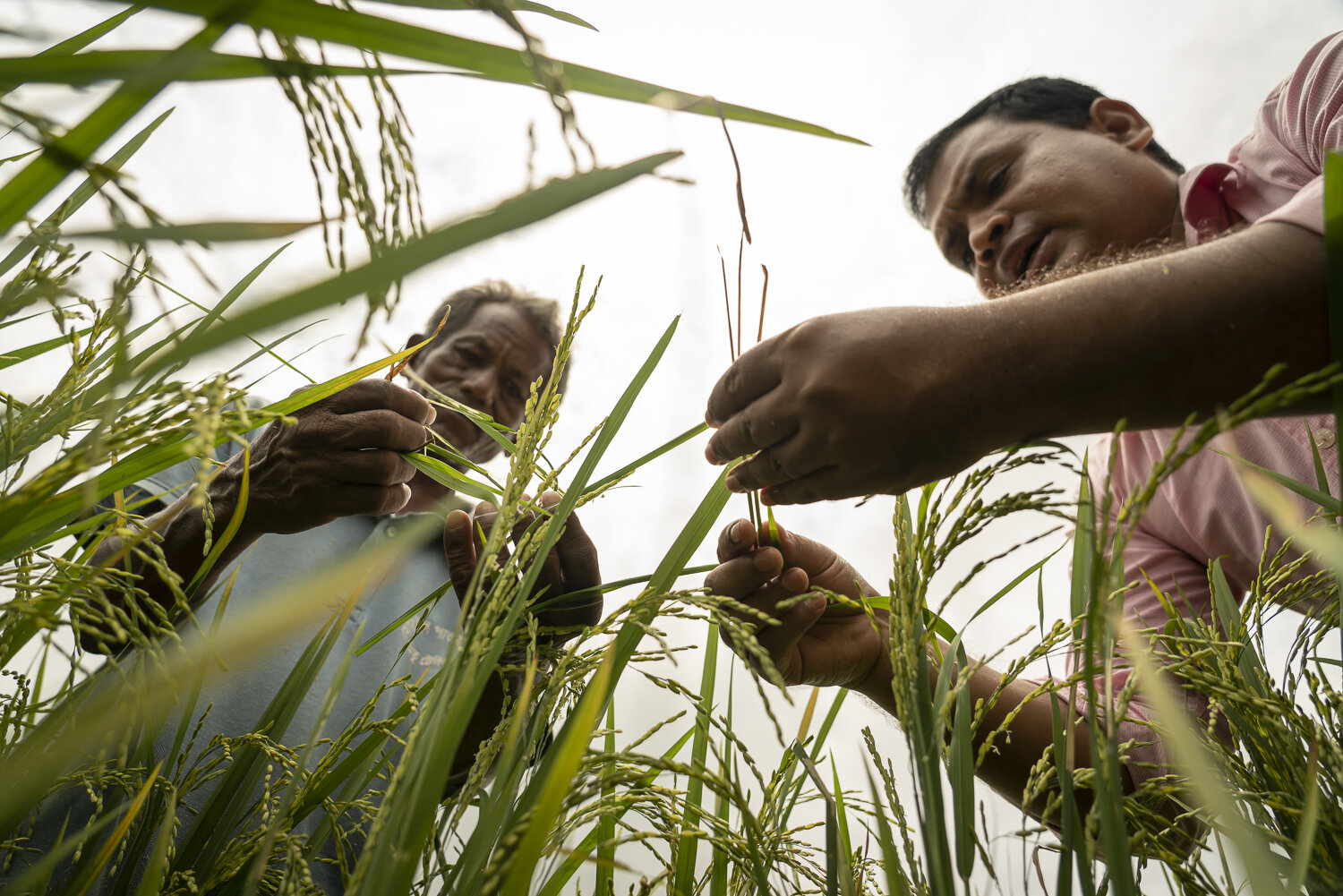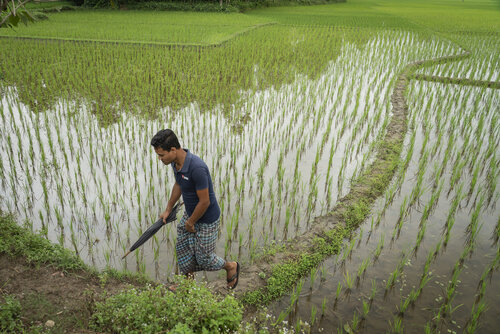Regional impacts of on-farm water savings
How does changing irrigation practices influence regional hydrology?
There are concerns across the Indo-Gangetic Plains about falling groundwater tables and the implied unsustainable use of groundwater, often attributed to dry season irrigation. The Eastern Gangetic Plains (EGP) has thus far seen less development of dry season irrigation, apart from some areas of northwest Bangladesh. However, increased population and increasing demands for food in the region are likely to see increased intensification of agriculture and more use of irrigation. The obvious concern is that the experience of severe groundwater decline elsewhere in the region will be repeated.
One potential remedy for combatting the unsustainable use of groundwater is to use farm management techniques, including conservation agriculture (CA), which promote water saving. But does this really save water at the regional scale? A study by the CSIRO combined a literature review and desktop studies to examine this question.
They found that more effective water use at the crop scale does not necessarily translate into water savings at the regional scale. Indeed, more effective use at the farm scale may reduce the cost of irrigation and lead to greater water use.
Crop water use modelling indicates that farm profitability can be improved by using CA, but more efficient water application does not necessarily reduce crop evapotranspiration. Indeed, increased productivity of a well-managed CA system might lead to greater crop transpiration. This leads to questions around the extent to which water saving measures at the farm scale lead to water saving at the regional scale.
Calculation of a regional water balance in several districts of the EGP shows that there is a large excess of rain over potential evapotranspiration in the northeastern parts of the region, and the actual evapotranspiration is likely to be close to the potential. Conversely, there is a large deficit of rain to satisfy the evapotranspiration demand in the southwestern parts. This suggests that incentive to save water at the farm scale is likely to be limited in the northeast, but significant in the southwestern parts. Furthermore, the impact of any water saving on the regional hydrology is likely to be more limited in the northeast and greater in the southwest.
A comprehensive understanding of the EGP’s groundwater resources and their future sustainability linking farm scale activities with the regional or basin scale modelling is needed to underpin sustainable use.

